Have you ever felt that surge of excitement when your e-bike effortlessly propels you up a steep hill that once seemed impossible to climb? That magical moment is all thanks to the unsung hero of your electric bicycle – the e bike electric motor. As an avid cyclist who’s spent years testing and reviewing various e-bike components, I’m excited to share my insights on what makes these powerful little devices so transformative.
The e bike electric motor has revolutionized cycling, making it accessible to people of all ages and fitness levels. Whether you’re commuting to work, enjoying weekend adventures, or recovering from an injury, understanding the motor that powers your ride can significantly enhance your cycling experience.
In today’s guide, we’ll dive deep into everything you need to know about e bike electric motors – from the different types available to the key features that’ll match your specific needs. Let’s embark on this electrifying journey together!
Understanding E Bike Electric Motor Types: Which One Is Right for You? ⚙️
When shopping for an e-bike or looking to upgrade your current one, the first decision you’ll face is choosing between different motor types. Each has its unique advantages and best-use scenarios.
Hub Motors: Reliable Simplicity 🔄
Hub motors are integrated directly into either the front or rear wheel of your e-bike. They’re particularly popular due to their straightforward design and relative affordability.
Rear Hub Motors: The Power Players ✅
Rear hub e bike electric motors deliver excellent torque and traction, making them ideal for riders who frequently tackle hills or carry heavy loads. Since most of a cyclist’s weight typically rests on the rear wheel, these motors provide enhanced grip and stability.
The Bafang 48V 750W Rear Hub Motor Kit offers exceptional power for riders looking to convert their conventional bikes into electric ones. With its robust construction and programmable controller, it provides a smooth ride even on challenging terrain.
Front Hub Motors: Balance and Distribution ✅
Front hub e bike electric motors create a balanced weight distribution by placing the motor opposite to your drivetrain. This configuration can be particularly beneficial for maintaining handling characteristics similar to a traditional bike.
For urban commuters, the EBIKELING 36V/48V 500W Front Hub Motor Conversion Kit provides a clean, straightforward solution that transforms your regular bicycle into an efficient e-bike without disrupting your existing drivetrain.
Mid-Drive Motors: Premium Performance 🏆
Mid-drive e bike electric motors are positioned at the bike’s center, usually integrated with the bottom bracket. This strategic placement offers several distinct advantages:
- Better weight distribution for improved handling
- Direct power transfer through the bike’s existing gears
- More natural riding feel with responsive acceleration
- Enhanced climbing ability on steep inclines
The Bosch Performance Line CX Gen4 Mid-Drive Motor represents the gold standard in this category, offering remarkable torque (up to 85Nm) while maintaining a compact, lightweight profile that serious cyclists appreciate.
Similarly, the Shimano STEPS E6100 Mid-Drive System delivers a refined riding experience with intelligent power assistance that responds intuitively to your pedaling style and cadence.
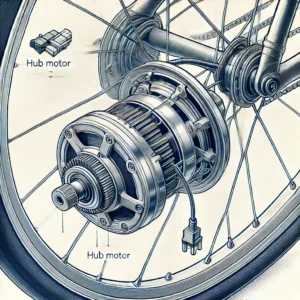
Direct Drive vs. Geared Hub Motors: A Closer Look 🔍
Within the hub motor category, you’ll encounter two main variations:
Direct Drive Hub Motors:
- Virtually silent operation
- Fewer moving parts for enhanced durability
- Potential for regenerative braking
- Often heavier than geared alternatives
The Crystalyte Crown Hub Motor exemplifies this technology with its remarkable efficiency and whisper-quiet performance.
Geared Hub Motors:
- Lighter and more compact
- Better acceleration and torque
- Freewheel capability (no resistance when not powered)
- May require more maintenance over time
For a reliable geared option, the Shengyi DGW22C Geared Hub Motor offers an excellent balance of power and weight.
Power Ratings: Understanding What You Need ⚡
When comparing e bike electric motors, power ratings (usually expressed in watts) often dominate the conversation. However, these numbers don’t tell the complete story.
Nominal Power vs. Peak Power 📊
A motor’s nominal power rating indicates what it can sustain continuously, while peak power represents the maximum output available for short bursts (useful for quick acceleration or steep climbs).
For example, a motor rated at 250W nominal might deliver 500W or more at peak, providing that extra boost when you need it most.
Legal Limitations to Consider ⚖️
In the USA, e-bike classification and legal requirements vary by state, but generally follow these guidelines:
- Class 1: Pedal-assist only (no throttle), maximum speed of 20 mph
- Class 2: Throttle-assisted up to 20 mph
- Class 3: Pedal-assist only, maximum speed of 28 mph
Most states limit motor power to 750W (1 horsepower), though enforcement varies. Understanding these classifications is crucial when selecting your e bike electric motor.

Power Needs Based on Riding Style 🚵♀️
Your ideal power rating depends largely on your riding conditions:
| Riding Scenario | Recommended Power | Best Motor Type | Ideal For |
|---|---|---|---|
| Urban Commuting | 250W-350W | Front/Rear Hub | Efficiency & Range |
| Hilly Terrain | 500W-750W | Mid-Drive | Climbing Performance |
| Off-Road/Mountain | 750W+ | Mid-Drive | Torque & Control |
| Cargo/Heavy Loads | 750W+ | Rear Hub or Mid-Drive | Carrying Capacity |
Ready to power up your rides? Check out these top-rated motors on Amazon now and transform your cycling experience today!
Torque: The Real Measure of Performance 💪
While wattage gets most of the attention, torque (measured in Newton meters or Nm) often better indicates how an e bike electric motor will perform, especially when climbing or accelerating.
Why Torque Matters More Than You Think ✅
Higher torque means:
- Better hill-climbing ability
- Stronger acceleration from a standstill
- Improved performance when carrying cargo or extra weight
- More responsive assistance when pedaling
The TongSheng TSDZ2 Mid-Drive Motor stands out with its torque-sensing technology that provides natural-feeling assistance proportional to your pedaling effort.
Typical Torque Ranges 📈
- Entry-level motors: 30-40 Nm
- Mid-range motors: 40-60 Nm
- High-performance motors: 60-90+ Nm
For riders in hilly areas or those who carry heavy loads, prioritizing torque over raw wattage often results in a more satisfying riding experience.
Battery Compatibility: Powering Your Motor Efficiently 🔋
The e bike electric motor is just one part of the equation – its performance is intrinsically linked to the battery powering it.
Voltage Considerations ⚡
Higher voltage generally means:
- More efficient power transfer
- Better performance at higher speeds
- Potentially longer range
Common e bike battery voltages include 24V, 36V, 48V, and 52V. The UPP 48V 13Ah E-bike Battery offers excellent compatibility with a wide range of motors while providing substantial range.
Matching Battery to Motor 🔄
For optimal performance, ensure your battery:
- Matches your motor’s voltage requirements
- Provides sufficient capacity (Ah) for your typical riding distance
- Can deliver the peak current your motor may demand
The Joyisi 52V 17.5Ah E-bike Battery pairs exceptionally well with high-performance motors, delivering extended range and consistent power output.

Control Systems: The Brain Behind the Brawn 🧠
Your e bike electric motor’s behavior is governed by its controller, which determines how power is delivered based on your input.
Pedal Assist Sensors: Cadence vs. Torque 🔄
Cadence sensors detect if you’re pedaling and how fast, while torque sensors measure how hard you’re pedaling. The latter provides a more natural riding experience, delivering power proportional to your effort.
The Bafang 8Fun Mid-Drive Motor Kit with Torque Sensor exemplifies how sophisticated control systems can transform the riding experience through intuitive power delivery.
Programmable Features Worth Having ✅
Advanced controllers allow customization of:
- Power delivery curves
- Maximum speed settings
- Assistance levels
- Throttle response (where applicable)
For tech-savvy riders, the Cycle Analyst V3 E-bike Computer offers unprecedented control over motor parameters and performance monitoring.
Efficiency and Range: Getting the Most from Your Motor 🔍
Motor efficiency directly impacts how far you can ride on a single charge.
Factors Affecting Efficiency ✅
- Motor type (mid-drive generally most efficient)
- Controller quality
- Rider input (pedaling contribution)
- Terrain and riding conditions
- Weight (bike + rider + cargo)
The Bafang Ultra M620 Mid-Drive Motor achieves remarkable efficiency despite its high power output, making it suitable for long-distance touring.
Real-World Range Expectations 🚴♂️
While manufacturers often quote optimistic range figures, real-world performance depends on numerous factors. As a general guideline:
| Motor Type | Average Range per Battery Charge* | Best Use Case |
|---|---|---|
| 250W Hub | 35-50 miles | Urban Commuting |
| 500W Hub | 25-40 miles | Mixed Terrain |
| 750W Hub | 20-35 miles | Power-Intensive Riding |
| 250W Mid-Drive | 40-60 miles | Efficiency-Focused Touring |
| 500W+ Mid-Drive | 30-50 miles | Performance Riding |
*Based on typical 48V 10-13Ah battery, moderate assistance levels, and some rider input
Installation and Compatibility: Finding Your Perfect Match 🔧
Not all e bike electric motors will fit every bicycle, so compatibility is a critical consideration.
Hub Motor Installation Requirements ✅
For hub motors, check:
- Dropout spacing width
- Axle diameter compatibility
- Freewheel/cassette compatibility (rear hub)
- Fork strength (front hub)
The Voilamart 26″ Rear Wheel E-bike Conversion Kit comes with all necessary components for a straightforward installation on standard 26-inch bicycles.
Mid-Drive Installation Considerations ✅
For mid-drive motors, verify:
- Bottom bracket type and width
- Frame clearance
- Chainring compatibility
- Controller mounting options
The Bafang BBS02B 750W Mid-Drive Motor Kit includes detailed installation guides and adapters to fit various bottom bracket standards.
Noise and Vibration: The Quest for Smooth, Silent Power 🔊
The quietness of your e bike electric motor significantly impacts the overall riding experience.
Comparing Noise Levels ✅
From quietest to loudest:
- Direct drive hub motors
- Quality mid-drive motors
- Geared hub motors
- Budget mid-drive motors
The MXUS XF15 Direct Drive Hub Motor operates with virtually no noise, making it perfect for riders who value a quiet, natural cycling experience.
Vibration Damping Techniques 📉
Quality motors incorporate:
- Precision machining to reduce vibration
- Rubber gaskets and isolation mounts
- Advanced bearing systems
- Optimized gear designs (in geared systems)
Maintenance and Longevity: Keeping Your Motor Running Smoothly ⚒️
With proper care, a quality e bike electric motor can last many thousands of miles.
Hub Motor Maintenance ✅
- Periodically check axle nuts for tightness
- Inspect wiring connections for corrosion
- Listen for unusual noises from bearings
- Keep water exposure to a minimum
Mid-Drive Maintenance ✅
- Check mounting bolts regularly
- Maintain proper chain tension and lubrication
- Listen for unusual gear noises
- Follow manufacturer’s service intervals
The Park Tool PCS-10.3 Deluxe Home Mechanic Repair Stand makes regular maintenance much more accessible, helping extend the life of your e-bike’s components.
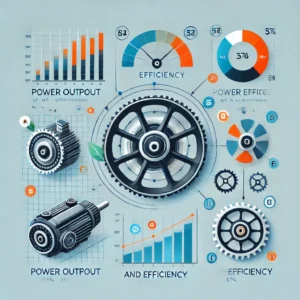
Cost vs. Value: Making a Smart Investment 💰
E bike electric motors vary dramatically in price, but the cheapest option rarely offers the best value in the long run.
Price Range Overview 📊
- Budget hub motors: $150-$300
- Mid-range hub motors: $300-$600
- Premium hub motors: $600-$1,000
- Mid-drive motors: $500-$1,500+
The Tongsheng TSDZ2 Mid-Drive Motor Kit offers exceptional value, delivering premium features at a mid-range price point.
Total Cost of Ownership 📈
Remember to consider:
- Initial purchase price
- Installation costs (if not DIY)
- Expected lifespan
- Maintenance requirements
- Battery replacement costs
- Potential for upgrades
Comparing Top E Bike Electric Motors in 2025 🏆
Let’s look at how some of the market-leading options stack up:
| Motor | Type | Power | Torque | Best For | Price Range |
|---|---|---|---|---|---|
| Bosch Performance Line CX | Mid-Drive | 250W | 85Nm | Trail/Mountain | $$$$ |
| Bafang BBS02B | Mid-Drive | 750W | 80Nm | All-Around Performance | $$$ |
| Shimano EP8 | Mid-Drive | 250W | 85Nm | Refined Trail Riding | $$$$ |
| BBSHD | Mid-Drive | 1000W | 160Nm | Power Users | $$$ |
| Bafang G060 Hub | Rear Hub | 500W | 65Nm | Commuting | $$ |
| MXUS XF15 | Direct Drive | 500W | 60Nm | Silent Operation | $$$ |
| Tongsheng TSDZ2 | Mid-Drive | 750W | 80Nm | Natural Feel | $$$ |
Transform your riding experience today! These top-rated motors are available on Amazon with fast shipping and excellent customer support. Click through to find the perfect match for your e-bike journey!
Emerging Technologies: The Future of E Bike Electric Motors 🚀
The e-bike industry continues to evolve rapidly, with several exciting developments on the horizon.
Integrated Motor-Battery Systems ⚡
Manufacturers are increasingly designing unified systems where the motor and battery work in perfect harmony, controlled by sophisticated electronics.
The Bosch Smart System exemplifies this trend, offering seamless integration between motor, battery, display, and even smartphone connectivity.
Smart Features and Connectivity 📱
Modern e bike electric motors increasingly feature:
- Bluetooth connectivity
- Automatic assistance adjustment based on heart rate
- GPS-based power adjustment for known routes
- Anti-theft features and tracking
- Diagnostic capabilities
Improved Power-to-Weight Ratios 📉
The next generation of motors focuses on delivering more power in smaller, lighter packages. The Fazua Ride 60 Drive System demonstrates this trend, offering impressive performance in an ultra-compact form factor.
Common Problems and Solutions: Troubleshooting Your E Bike Electric Motor 🔧
Even the best motors sometimes encounter issues. Here’s how to address common problems:
Motor Cuts Out During Rides ✅
Potential causes:
- Loose connections
- Overheating protection engaged
- Battery voltage sag
- Controller issues
The Rosewill Digital Multimeter RMS-500 can help diagnose electrical issues in your e-bike system.
Unusual Noises ✅
Different sounds indicate different problems:
- Grinding: Potential bearing issues
- Clicking: Loose components or mounting
- Whining: Gear problems (in geared systems)
- Buzzing: Possible controller issues
Reduced Range or Power ✅
If your motor seems weaker than before, check:
- Battery health and charge level
- Controller settings
- Motor connections
- Brake sensor adjustments (which may be causing early cutoff)
Making Your Decision: How to Choose the Right E Bike Electric Motor 🎯
With so many options available, selecting the ideal motor can seem overwhelming. Consider these key factors in your decision process:
Primary Riding Environment ✅
- Flat urban commuting: 250-350W hub motor
- Mixed terrain with some hills: 500W hub or mid-drive
- Mountainous terrain: 750W+ mid-drive with high torque
- Long-distance touring: Efficient mid-drive with torque sensor
Your Riding Style and Expectations ✅
- Casual assistance: Lower power, emphasis on range
- Performance-oriented: Higher power, emphasis on torque
- Natural feel: Torque-sensing mid-drive
- Minimal effort: Throttle-controlled system
Budget Considerations 💰
Remember that the motor is just one component of the electrical system. Budget for:
- The motor itself
- Compatible battery
- Controller and display
- Installation (if professional help is needed)
- Accessories and spares
Conclusion: Powering Your Cycling Journey ⚡🚴♂️
The e bike electric motor you choose will fundamentally shape your riding experience. Whether you opt for the balanced simplicity of a hub motor or the responsive performance of a mid-drive system, today’s technology offers incredible possibilities for cyclists of all types.
As we’ve explored throughout this guide, the perfect motor depends on your specific needs, preferences, and riding environment. By considering factors like power, torque, efficiency, and compatibility, you can make an informed decision that will enhance your cycling adventures for years to come.
Remember that the best e bike electric motor isn’t necessarily the most powerful or expensive one – it’s the one that best matches your unique riding style and requirements.
Ready to electrify your rides? The perfect e-bike motor is just a click away! Browse our top recommendations on Amazon now and join thousands of satisfied cyclists who’ve transformed their riding experience with the right electric motor.
More FQAs:
❓ What are the main types of e bike electric motors?
✅ The primary types of e bike electric motors are hub motors (rear and front) and mid-drive motors. Hub motors are integrated into the wheel hubs, while mid-drive motors are located at the bike's center, providing balanced weight distribution...
❓ How do rear hub motors benefit e-bike riders?
✅ Rear hub motors offer excellent torque and traction, making them ideal for hilly terrains and heavy loads. Positioned on the rear wheel, they enhance grip and stability...
❓ What advantages do mid-drive motors provide?
✅ Mid-drive motors deliver superior performance with better weight distribution, direct power transfer through the bike's gears, and a natural riding feel. They excel in climbing steep inclines...
❓ What's the difference between direct drive and geared hub motors?
✅ Direct drive hub motors are nearly silent, durable, and support regenerative braking but are heavier. Geared hub motors are lighter, offer better acceleration, and freewheel capability but may need more maintenance...
❓ How does motor power rating affect e-bike performance?
✅ Motor power ratings, expressed in watts, influence an e-bike's speed and climbing ability. Higher wattage typically means more power, but it's essential to balance with battery capacity for optimal performance...
Recommended for You:
- Mokwheel E-Bikes Review 2025: Find Your Perfect Electric Ride for Any Adventure
- Specialized E Bikes: Your Perfect Guide to an Amazing Ride | 2025 Reviews
- Ultimate Guide to E Bike Chargers: Power Up Your Rides with the Best Options in 2025
Disclaimer: This article contains affiliate links. If you purchase products through these links, we may earn a small commission at no additional cost to you.
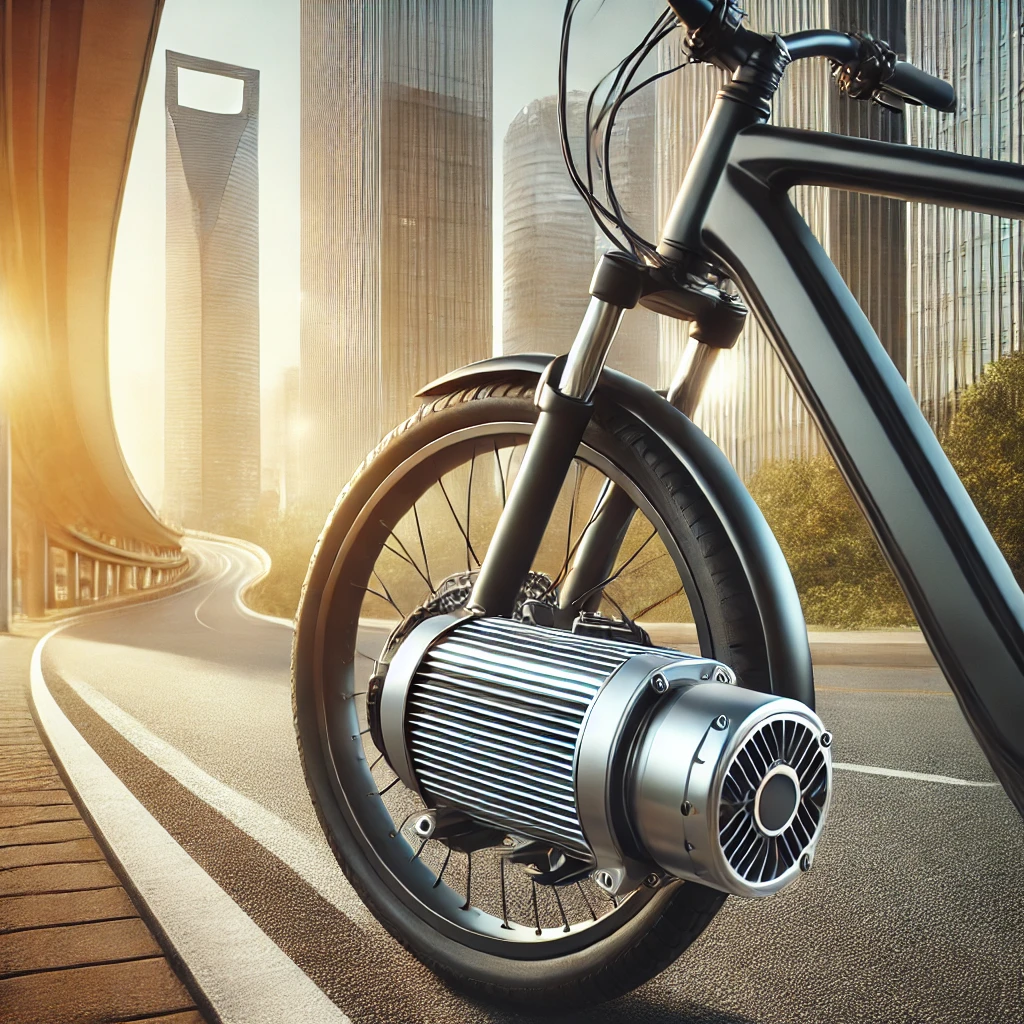
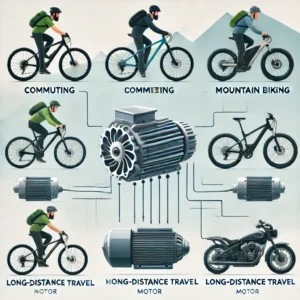

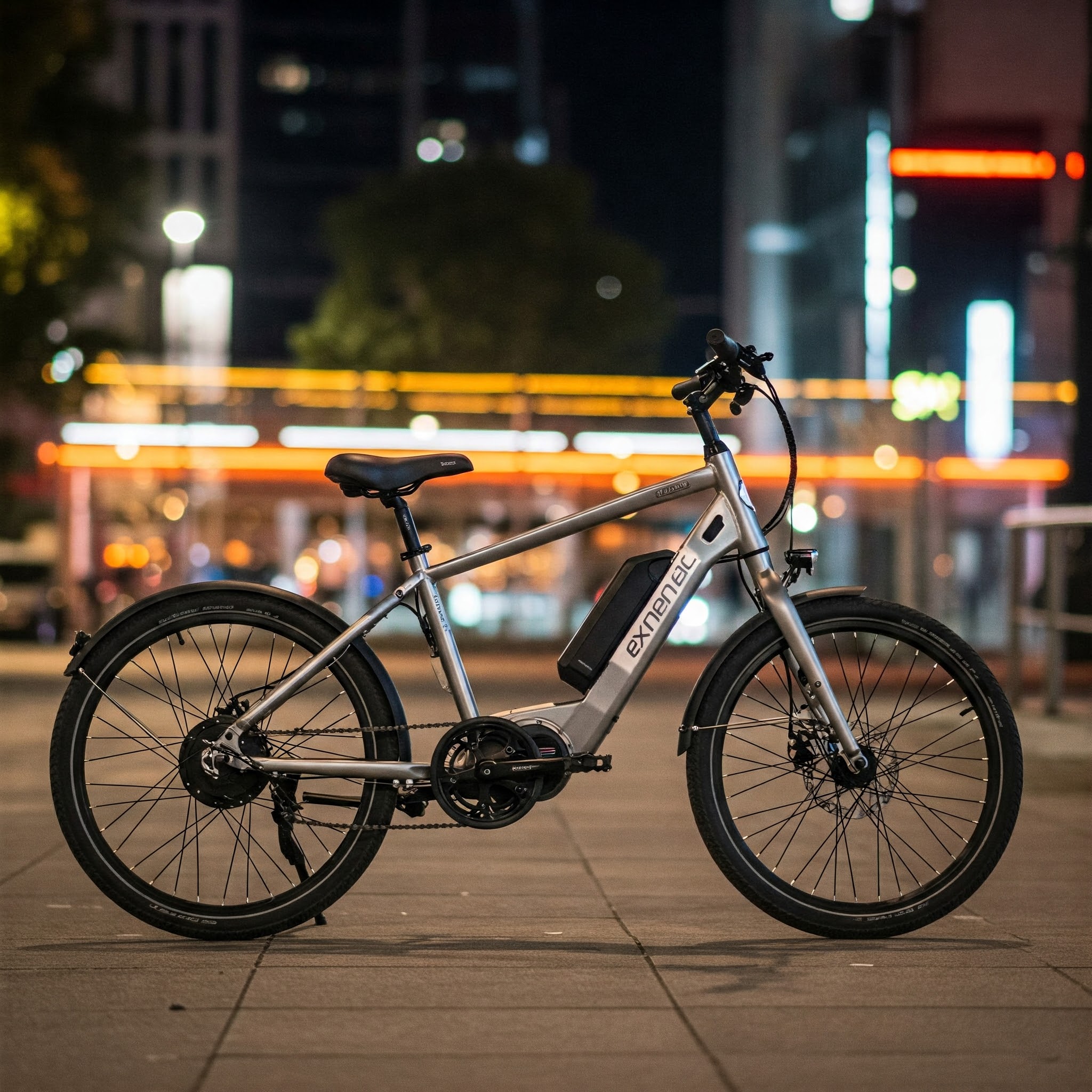

3 thoughts on “Unleash the Power 2025: How to Choose the Perfect E Bike Electric Motor for Maximum Performance 🔋⚡”
Comments are closed.